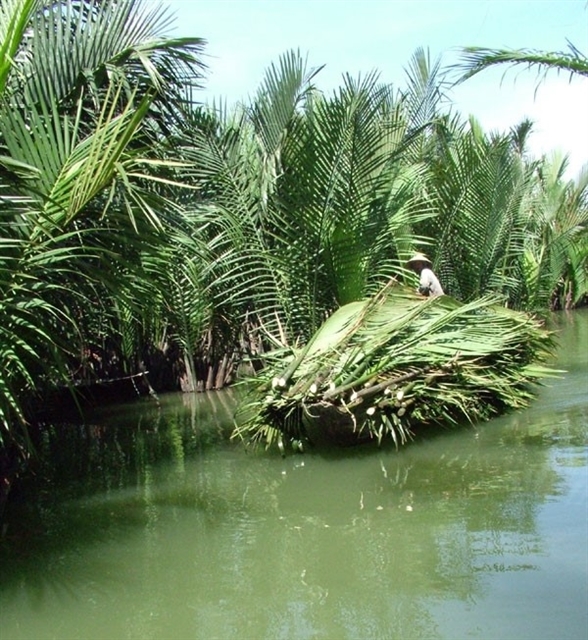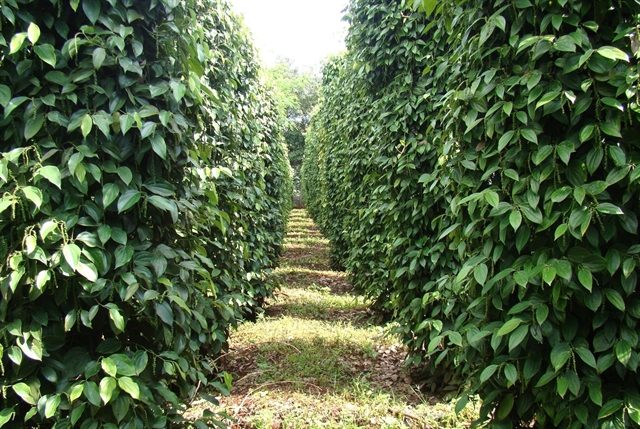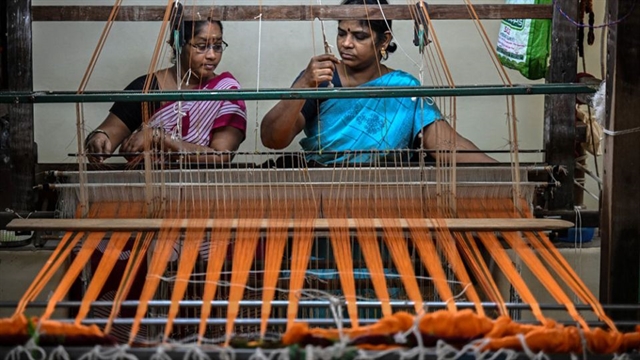 Life & Style
Life & Style

HỘI AN — The traditional technique of building houses from bamboo and coconut trees in Cẩm Thanh Commune, Hội An City, Quảng Nam Province has been recognised as a National Intangible Cultural Heritage.
The Ministry of Culture, Sports and Tourism issued Decision 390-QĐ/BVHTTDL on February 21 adding the craft job to the national heritage list.
Alongside being home to the vast Bảy Mẫu water coconut forest, like many other villages across the country, Cẩm Thanh also has numerous bamboo groves, which is also a natural building material.
According to some local elders, the technique of building houses with these materials dates back to the early 19th century.

|
| A house made from bamboo poles, coconut leaves and stalks in Hội An City. — Photo courtesy of the Hội An Centre for Cultural Heritage Management and Preservation |
Initially, people built their own houses for their families and then, during free time from farming, they took on the task of building houses for other families in the village. Gradually, the profession was formed, associated closely with this locality.
However, this craft job has faced challenges at times due to the development of new building materials which are more durable.
The demand for using these environment-friendly houses has also been reduced due to the improved living standards of local people. For this reason, many craft builders have had to switch to other professions to make a living. There are only a few craftsmen remaining to continue this traditional job.
However, in recent years, together with the tourism growth of Hội An, there is a growing demand for restoring and building traditional houses using bamboo and coconut materials. Tourism development also has provided an opportunity for the profession of building houses with these natural materials in Cẩm Thanh to revive and shine.
According to the Hội An Centre for Cultural Heritage Management and Preservation, to create this type of house, craftsmen must go through multiple complex stages, from collecting necessary materials to processing and crafting them into a complete building.
Twice every year, in the first and sixth lunar month, local craftsmen head to the Cẩm Thanh water coconut forest to collect coconut leaves.

|
| A local man harvests coconut leaves in the Bảy Mẫu water coconut forest in Cẩm Thanh Commune, Hội An City. — Photo courtesy of the Hội An Centre for Cultural Heritage Management and Preservation |
Alongside coconut leaves, bamboo is also used thanks to its durability. Rattan picked in the West area of Quảng Nam Province or on Chàm Island, is used to bind bamboo structure conjunctions or coconut-leaf roofing sheets.
Lasting from 15 to 20 years, this environment- and wallet-friendly house provides coolness in summer and warmth in winter.
Currently, local people tend to favour this type of house to establish restaurants, cafes and souvenir shops.
Beside using bamboo to build houses, local craftsmen also create many other products such as tables, chairs, beds, sofas and wardrobes to satisfy market demands, and at the same time to increase their income. — VNS




